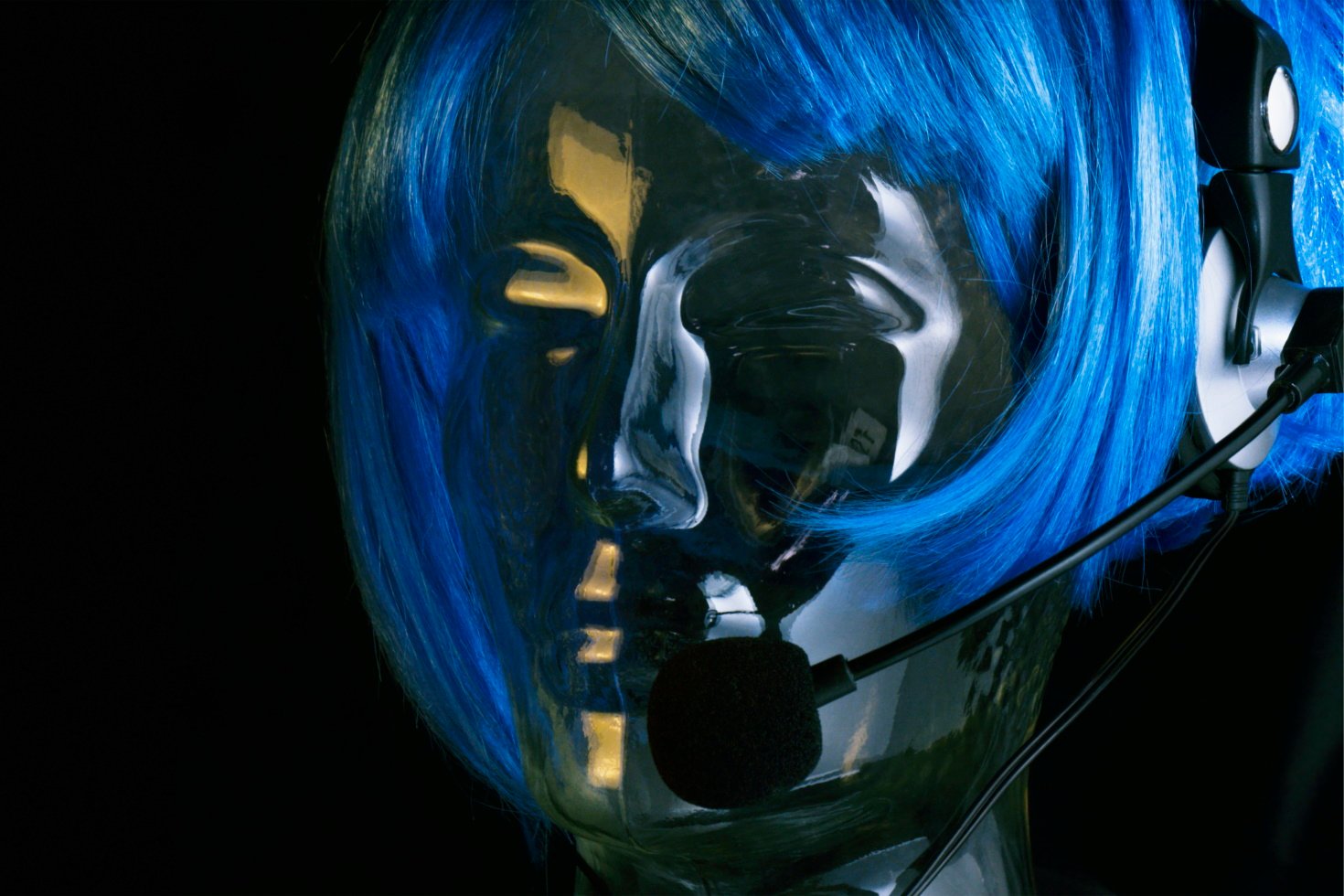Blog • Best Practice
Short Staffed? How Virtual Receptionist Solutions Help Your Hardworking Crew

By Shanalie Wijesinghe . Jun.10.2022
Share Article
Let an AI text your clients back — everyone prefers a text message anyway.
Working reception may be one of the least glamorous, yet most crucial, parts of the glamor business. Making sure phone calls get answered and bookings get made is a necessary but often poorly paid part of the industry, seen as a stepping stone into a better role. As many people are taking stock of what they want from their careers, filling jobs like this can be difficult, which means handling calls falls to existing employees. Having your staff running back and forth from clients to the telephone is rarely an efficient use of anyone’s time, and can quickly lead to frustrated customers and missed calls. Why not turn to an AI virtual receptionist to help you out?
OK Computer
AI customer support may sound incredibly impersonal at first, but the reality of modern digital receptionists is that they’re miles away from a cold and unfeeling robot. Instead, they’re able to offer a conversational tone and naturalistic language that makes people feel at ease. At one end of this technology, you have virtual assistants like Siri, OK Google, and Alexa, which can chat with you, recognize what you’re saying (most of the time) and parse that into usable commands (most of the time). At the other end, you have services like Google Duplex which actively mimic human voices and behaviors in order to perform tasks — Duplex specifically calls to make bookings and reservations.
For businesses, most virtual receptionists fall somewhere between those two examples. They’re like a chatbot you might see on a shopping site that promises to help answer your questions. AI tools like TrueLark slot into a business’s workflow when you can’t answer the phone, giving your customers an option of handling most common queries via text or webchat. If you miss a call, they’ll follow up with the customer, answer their questions, and hopefully make an appointment.
How does it help?
An AI virtual receptionist is there to answer the phone when you aren’t able to. They connect directly to your salon management software, so they can know exactly what’s going on with your staff and clientele at any given time. That way, they can accurately report to potential customers how busy a yoga class is, when a particular stylist has availability, what your hours are, how to cancel, and more.
Many assistants run primarily from a chatbox on a website or through Facebook messenger. But newer and more powerful ones are also able to work with text messaging. Any time you miss a call, the virtual receptionist will text the person back and offer to help them out. And let’s be real, 90% of people would prefer to handle everything over text message, anyway.
Via messaging, the virtual receptionist can easily book appointments, cancel sessions, and answer general questions. And as chatbot technology has progressed, their grasp of the English language, both in writing and understanding, has dramatically improved. Current chatbots can understand slang, typos, and the vast variety of ways that people write their messages. And they can respond in kind.
When is a virtual receptionist useful?
Virtual receptionists can work to augment an existing receptionist setup or take its place entirely. Virtual receptionists aren’t quite as good as a dedicated human at answering the phone or fielding query emails — there will always be quirks of language and difficult questions that an AI will stumble over — but for a lot of the rote work of answering questions about hours and taking bookings and cancellations, they’re plenty effective.
If you do have a human who regularly answers the phone, be that a dedicated admin person or whoever’s nearby, virtual receptionists can help assist them and increase how efficiently they’re able to respond. Since the AIs will usually only take over from a missed call, that means when the lines are already busy, or after hours, they’re able to pick up the slack.
If you use a virtual receptionist in the place of a standard receptionist, which can be useful in times when hiring is tough, it’s a simple matter of directing all incoming calls to be flagged for AI response. Then, the AI follows up and deals with most customer requests. Anything that’s beyond its abilities will get marked for further follow-up when you have time to check over everything.
AI vs outsourced humans
There are also non-bot options for outsourcing your call answering. Offsite receptionists and customer support banks have been a thing for decades, routing your calls to a 24/7 service where someone will answer the phone. The advantage to this is that you get an actual human being on the line. The downside is that in order to have someone available at all times to answer the phone, these services rely on a large number of employees, who all juggle a large number of clients — so you can’t be sure how well they’ll know the particulars of your business. By contrast, a computerized virtual assistant only needs to be set up once and can be set to the precise details you need it to know.
Staffing is difficult right now. Workers are critically reevaluating what jobs they want to do, and where they want to do them — which means that filling entry-level roles like reception can be tricky. Virtual assistants can work as either a stop-gap measure or total replacement, taking the pressure off of other employees to always be trying to answer calls and make bookings. And, since these new technologies mesh with existing salon management software (like Boulevard), you can stay hands-off as the bookings flow in.
Boulevard’s Marketing Suite was built to help your salon’s performance take off with email marketing. See for yourself! Get a free demo today.
Sign up for weekly blog updates.
